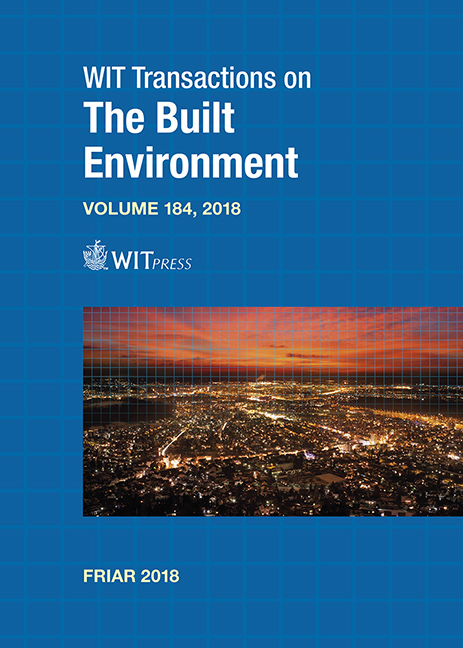SIMULATION OF CHLORINE CONCENTRATION CHANGES IN A REAL WATER SUPPLY NETWORK USING EPANET 2.0 AND WATERGEMS SOFTWARE PACKAGES
Price
Free (open access)
Transaction
Volume
184
Pages
10
Page Range
39 - 48
Published
2018
Size
703 kb
Paper DOI
10.2495/FRIAR180041
Copyright
WIT Press
Author(s)
BEATA KOWALSKA, EWA HOŁOTA, DARIUSZ KOWALSKI
Abstract
Chlorination is one of the most popular disinfection method to prevent its microbiological recontamination in water distribution systems. To ensure efficiency of disinfection and manage disinfectant concentrations throughout the network, it is important to keep the concentration of chlorine residual at an appropriate minimum level. It is particularly difficult in large water supply systems, especially at the ends of the network. There are many mathematical models simulating changes of chlorine decay in a water supply system in various operating conditions of the network. To predict chlorine concentration within distribution system it is necessary to determine a bulk and wall reaction parameters. In this paper the simulations of chlorine concentration changes have been performed in a selected part of the real water distribution system using EPANET 2.0 (US EPA) and WaterGEMS (Bentley) software packages. Calibrated hydraulic model, consisting of 1092 nodes and 1332 links, has been used as a base for building a quality model. For quality model calibration purposes, the values of chlorine concentrations in the chosen, characteristic points of water network were estimated by field measurements. Bulk decay coefficient were determined in the laboratory tests. Chlorine decay in a water distribution system was described by first-order kinetic model, which is currently often used to describe both bulk and wall chlorine consumption. The assessment of compliance of the values of chlorine concentrations within the network obtained as a result of simulations in both software packages with field measurements have been presented. The changes of chlorine concentration mean values obtained in both software packages are similar. A slightly better adjustment of the calculations to the measured values was obtained in the WaterGEMS software. The best adjustment of the simulated values with field measurements was obtained for the points closest to the water supply stations in both software packages.
Keywords
water quality, water distribution system, modelling





